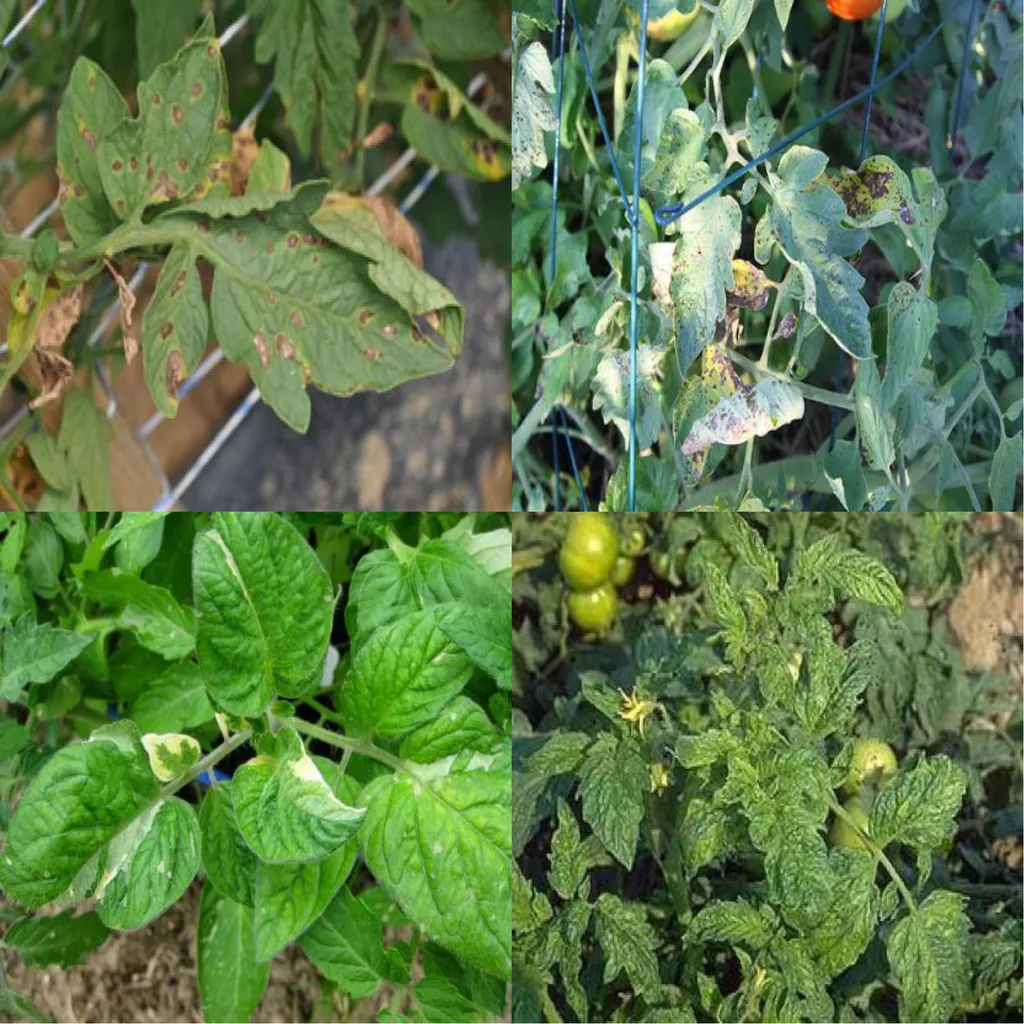In the heart of Sichuan Province, China, a groundbreaking dataset is set to revolutionize how we approach tomato disease detection, offering a glimpse into the future of sustainable agriculture. Led by Yongbo Liu from the Institute of Agricultural Information and Rural Economy at the Sichuan Academy of Agricultural Sciences, this research introduces a comprehensive image dataset that could transform disease diagnosis in greenhouse farming.
The dataset, published in *Data in Brief* (which translates to English as *Brief Data*), comprises 1026 high-resolution images captured under real-world greenhouse conditions. These images, totaling approximately 2.78 GB, include 417 images of viral disease, 82 images of gray mold, and 527 images of bacterial wilt. Captured from multiple angles and distances, the images effectively capture multi-scale phenotypic disease features, providing a robust foundation for developing accurate disease recognition models.
“Computer vision has emerged as a critical enabler of sustainable production in protected agriculture by offering efficient and non-invasive crop disease diagnosis,” Liu explained. This dataset, meticulously annotated using the LabelImg tool under the guidance of plant pathology experts, includes labeled regions covering leaves, fruits, and stems. The annotation files are stored in XML format, each corresponding to a specific image, ensuring precision and reliability.
The implications of this research are far-reaching. By providing a high-quality image dataset, Liu and his team have paved the way for advancements in disease classification, object detection, and phenotyping. This dataset supports deep learning model training and cross-crop transfer learning applications, which could significantly enhance the efficiency and accuracy of disease diagnosis in agriculture.
“Our dataset is well-suited for research in disease classification, object detection, and phenotyping,” Liu added. This could lead to more sustainable and productive agricultural practices, ultimately benefiting farmers and the broader agricultural industry.
The commercial impacts of this research are substantial. As the demand for sustainable and efficient agricultural practices grows, the ability to accurately and non-invasively diagnose crop diseases becomes increasingly valuable. This dataset could drive the development of advanced computer vision technologies, leading to more efficient and effective disease management strategies.
In the broader context, this research highlights the potential of computer vision and deep learning in transforming agricultural practices. By providing a robust dataset, Liu and his team have set the stage for future developments in the field, offering a glimpse into a future where technology and agriculture converge to create more sustainable and productive farming practices.
As the agricultural industry continues to evolve, the role of technology in enhancing productivity and sustainability will only grow. This research represents a significant step forward in that direction, offering a powerful tool for researchers and practitioners alike. With the dataset now available, the stage is set for a new era of innovation in agricultural disease diagnosis and management.

